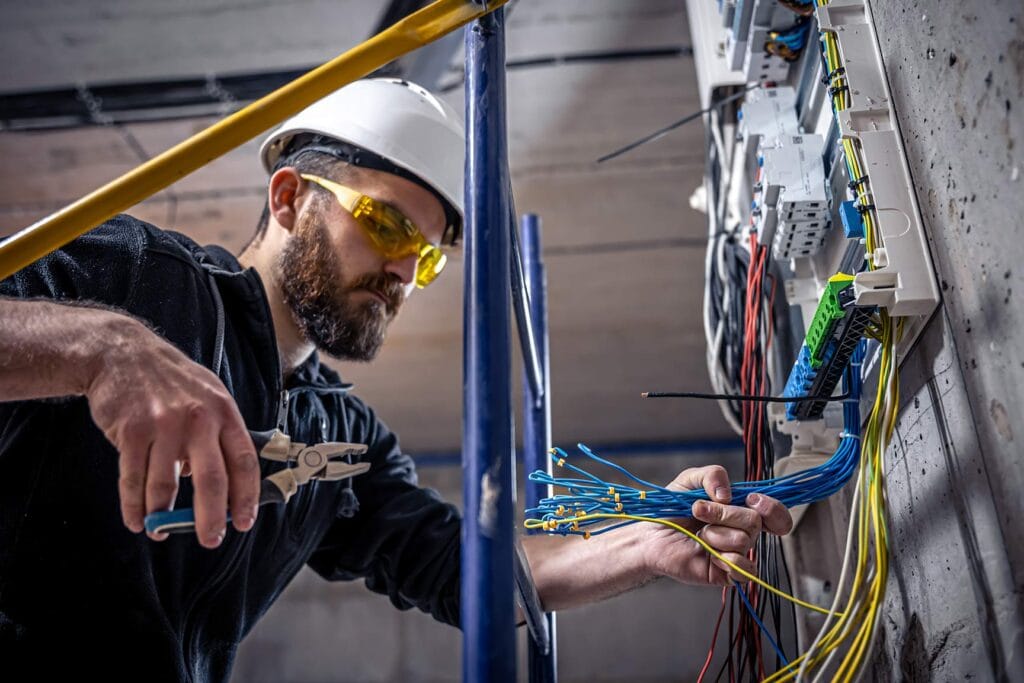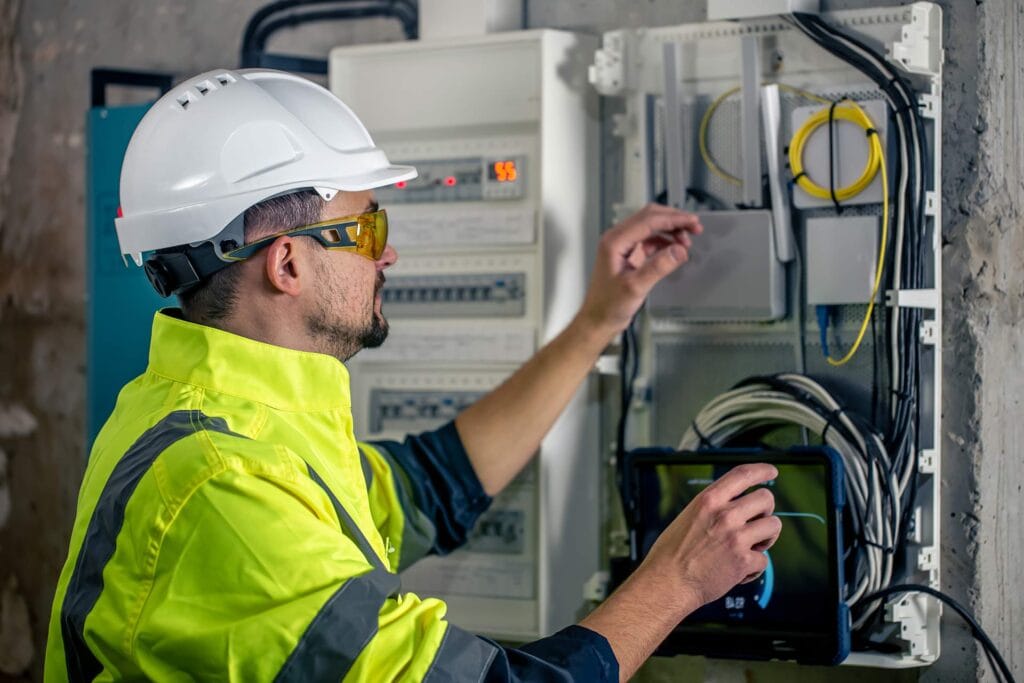Installing a distribution box is a critical step in any home electrical project—but with terms like “circuit capacity,” “IP rating,” and “3C certification” (or its international equivalents), it’s easy to feel overwhelmed. At Lianxinda, we’ve helped thousands of families choose the right home electrical boxes for over a decade. Here’s a simple breakdown to make your decision stress-free.
1. Start with Your Household Needs
The number of circuits (or “ways”) your box needs depends on your home’s size and appliance usage:
- Small homes (≤90㎡ / ~1,000 sq ft): 16–20 circuits (covers basic lighting, standard outlets, and 1–2 wall-mounted air conditioners).
- Medium/large homes (90–150㎡ / ~1,000–1,600 sq ft): 24–32 circuits (includes dedicated circuits for kitchen appliances, laundry machines, and multiple bedrooms).
- Villas or multi-story homes: 36+ circuits (essential for independent control of HVAC systems, home offices, and high-power devices).
2. Prioritize Safety Features
A reliable home distribution box must meet these standards:
- Certification: Look for IEC 60439-1 (international) or your region’s equivalent (e.g., UL in the US, CE in Europe). While “3C” is China-specific, Lianxinda’s export models comply with global safety protocols.
- IP Rating: For general households, IP40 (dust-resistant) is sufficient. In humid climates (e.g., coastal areas) or for ground-floor installations, opt for IP54 (splash-proof) or IP65 (fully waterproof).
- Material Quality: Choose boxes made of cold-rolled steel (≥1.2mm thick) or flame-retardant ABS plastic. Internal terminals should use copper or nickel-plated copper for optimal conductivity and corrosion resistance.
3. Avoid Common Pitfalls
⚠️ Thin or flimsy boxes (<1mm steel) may warp during installation or over time.⚠️ No leakage protection (or >30mA residual current devices) increases electric shock risks.⚠️ Poorly designed circuits (e.g., all outlets on one circuit) lead to frequent tripping and inconvenience.Pro Tip from Lianxinda: Our home distribution boxes are available in surface-mount (visible) or concealed-mount (hidden) designs, with IP40–IP65 options and 16–48 circuits to fit any home layout. Need help? .



